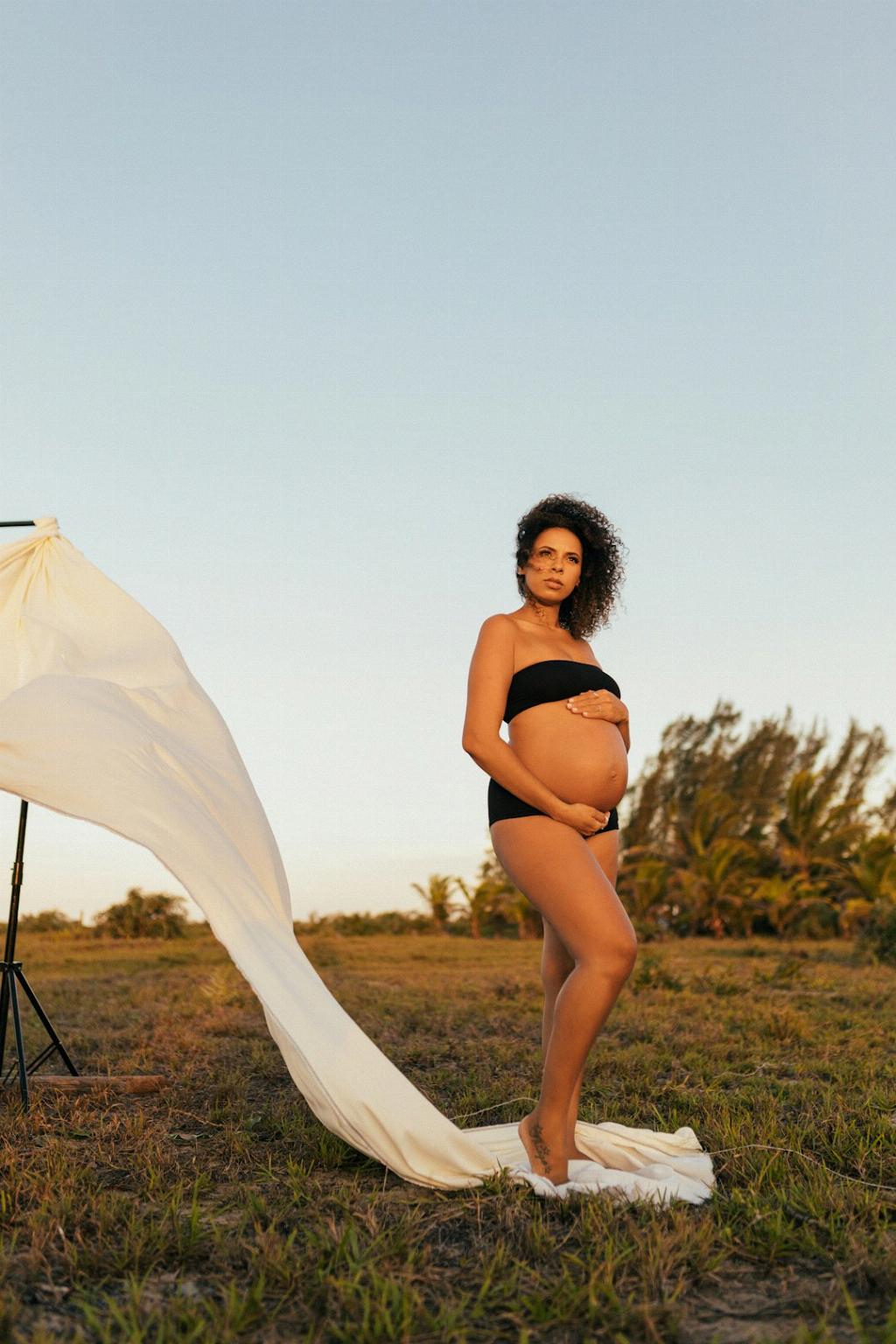When it comes to pregnancies, there are certain factors that can categorize a pregnancy as high risk. These factors can range from pre-existing health conditions to complications that may arise during the course of pregnancy.
Being Underweight or Overweight Before Pregnancy
Women who were underweight or overweight before becoming pregnant are more likely to have high-risk pregnancies. Being underweight can lead to fetal growth restriction, while being overweight can increase the risk of gestational diabetes and high blood pressure.
Expecting Twins, Triplets, or Multiples
Carrying multiples can put added stress on the mother’s body and increase the risk of complications such as preterm labor, gestational diabetes, and preeclampsia. These pregnancies are considered high risk due to the higher likelihood of complications.
Pre-Existing Health Conditions
Women with pre-existing health conditions such as high blood pressure, diabetes, depression, or other chronic illnesses are at a higher risk of complications during pregnancy. Proper management and monitoring are crucial to ensure a healthy pregnancy for both the mother and the baby.
History of Previous Pregnancy Complications
Women who have experienced complications in previous pregnancies, such as premature labor, gestational diabetes, or genetic abnormalities in the baby, are more likely to have high-risk pregnancies in subsequent pregnancies. Close monitoring and medical intervention may be necessary.
Advanced Maternal Age
Women who are older, typically over the age of 35, are considered to have advanced maternal age. Advanced maternal age is associated with an increased risk of chromosomal abnormalities in the baby, as well as complications such as gestational diabetes and preeclampsia.
Multiple Cesarean Sections
Women who have had multiple cesarean sections are at a higher risk of complications in subsequent pregnancies. The risk of placenta previa, placenta accreta, and uterine rupture increases with each cesarean section, making these pregnancies high risk.
Smoking, Alcohol, and Drug Use
Substance abuse, including smoking, alcohol consumption, and drug use, can have detrimental effects on both the mother and the baby during pregnancy. These behaviors can lead to complications such as low birth weight, premature birth, and birth defects.
Environmental Factors
Exposure to environmental toxins, pollutants, and radiation can increase the risk of birth defects and complications during pregnancy. It is important for pregnant women to avoid exposure to harmful substances and ensure a safe and healthy environment for themselves and their baby.
Maternal Infections
Certain infections, such as rubella, cytomegalovirus, and toxoplasmosis, can pose a risk to the developing fetus during pregnancy. It is important for pregnant women to avoid exposure to infections and seek medical treatment if they suspect an infection.
High-Stress Levels
Chronic stress during pregnancy can have negative effects on both the mother and the baby. High-stress levels have been associated with an increased risk of preterm labor, low birth weight, and developmental delays in the baby. It is important for pregnant women to manage stress and seek support when needed.
History of Miscarriages
Women who have a history of recurrent miscarriages are at a higher risk of experiencing complications in future pregnancies. It is important for women with a history of miscarriages to receive specialized care and monitoring to ensure a healthy pregnancy.
Closing Thoughts
Overall, high-risk pregnancies can pose challenges and require specialized care to ensure the health and well-being of both the mother and the baby. By identifying risk factors early on and working closely with healthcare providers, women can navigate high-risk pregnancies with the necessary support and intervention to achieve a successful outcome.

